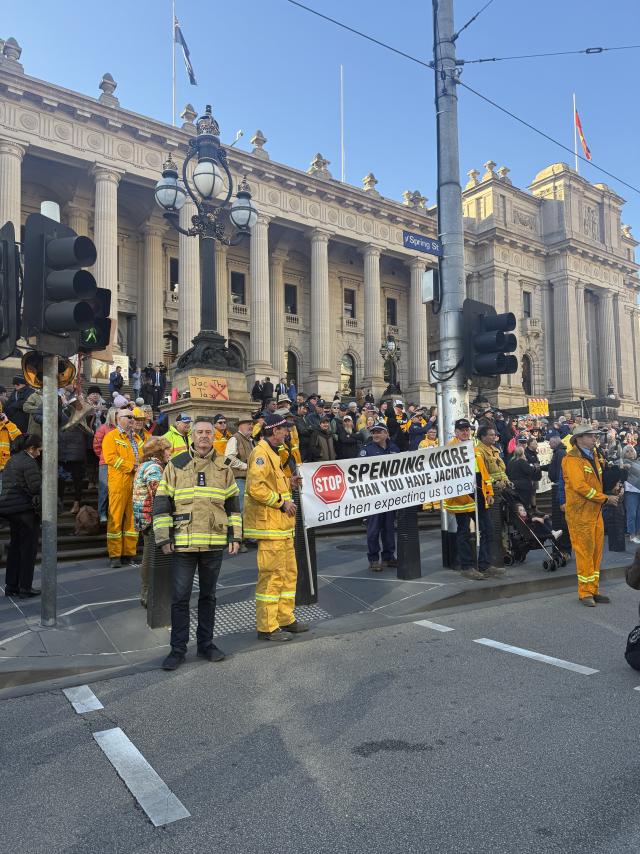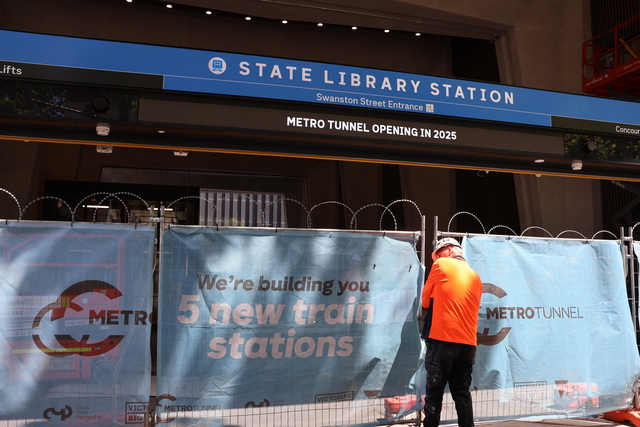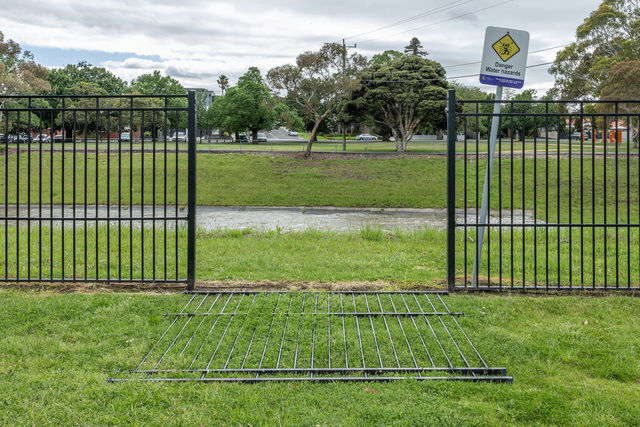As the new emergency services levy settles in, an expert says the severity of its impact stems from the already-existing cost-of-living constraints and declining confidence in the State Government’s ability to manage finances.
An applied economist and a professor at RMIT’s Department of Economics, Finance and Marketing, Ashton De Silva, added that the ESVF itself is not a “massive” tax, but the impact was on its delivery.
“It’s not introducing a new tax, it’s redefining an existing one, and that’s the core point to make here,” he said.
“What it does do is increase, substantially, the rates; so if you look across residential, commercial and industrial, these all have massive increases in contrast to what people were paying last year.
“I think it has the potential to really affect those people who are struggling most, those who don’t have a lot of room to move in terms of their savings versus consumption, paying home loans, there is now a tax that they would not have necessarily budgeted for.”
Further on his last point, De Silva emphasised that this stress also extends to the rental market, and that while “rents are tight” and many are “struggling to find places to live”, there is little incentive for the landlords to absorb the increase in cost.
That same effect also impacts small businesses, with the levy’s added cost “eating into profit margins”, with De Silva saying that people should not be surprised if everyday commodities residents enjoy, such as coffees, see “their prices start to creep up”.
“It’s to compensate not just the result of this tax, but also as a result of other cost-of-living pressures,” he said.
De Silva explained that the ESVF is interesting, in the same sense that a one million dollar property may only need to pay an extra $170 per annum, an increase he said “may not seem significant”.
“But, given the fact that we’re in this situation where the cost of living is increasing, and, in my opinion, the quality of life is not increasing either, this makes the increase very hard to swallow.
“There are concerns about public safety, there are concerns about medium-term economic prosperity; I think that there is a backlash because it’s not immediately apparent,” he said.
Having argued the point in past discussions, he said that any government will “struggle in this particular environment”, considering the mentioned pressures of the cost-of-living, and the fact that he thinks economic confidence in the government “is not strong”.
“I believe there is a decreasing confidence in the government’s ability to manage finances.
“And this tax, this increase, to do this in a way that is accepted by the community is extremely difficult,” he said.
The ESVF is calculated through the capital improved value, where it operates through the flat fee of $136.
It is the assessed market value of one’s property, and the ESVF uses the CIV, alongside the flat charge, to calculate what residents owe.
For De Silva, when asked if the CIV is an accurate representation of a household’s ability to pay the tax, he denied, saying it once more goes back to its unprecedented nature.
“In Casey and Cardinia, that growth belt out there, you have a lot of people paying mortgages, and a lot of people who have bought at a particular time on a particular mortgage, on a particular income,” he said.
“What continued to happen, because of the shortage of housing, is the increase in value; and even today, looking at some data, it seems that the growth in house prices since 2011 is more than the growth in wages.
“I don’t think it fairly reflects the ability of people to pay because it is an asset.”
The other factor was that the majority of the time, homes are not something people would purchase to “sell and make money”, rather, it is something that families have invested heavily in, not just financially, but also emotionally.
“The house reflects your personality; it’s a very personal thing that people have had an increase in cost to,” he said.
“It’s the same with businesses; owners are people who put time and effort and make significant sacrifices for that business to continue; now they have to pay more tax.
“We’re talking about something people can just move out of, or find another business premises, and homeowners can’t just go and find another house.
“It takes time, it takes effort, and the emotional cost to that is very significant.”
On a broader scale, De Silva does not think that there is strong evidence of a shift to more asset-based levies, as compared to income taxes, and whether the ESVF is a step in that direction.
Instead, his understanding and observation is “a government that is extending taxes in ways that are unprecedented”, something that is “causing a lot of concern”.
He added that if the ESVF had been introduced at a time when Victoria was growing economically, the reaction might have been different; however, “the community isn’t feeling that”.
“The community, at large, is a lot more uncertain than it was a couple of years ago, grappling with issues and feeling pressures that were not there before,” he said.
Due to economic constraints, people are less likely to invest, expand, or spend due to the uncertainty about future government taxes or policies, De Silva said.
This, in turn, creates knock-on effects, where communities see fewer jobs, fewer working hours, and overall slower economic growth.
Ultimately, De Silva frames the ESVF not as catastrophic in dollar terms, but instead as a policy mistake in timing, context, and delivery.







